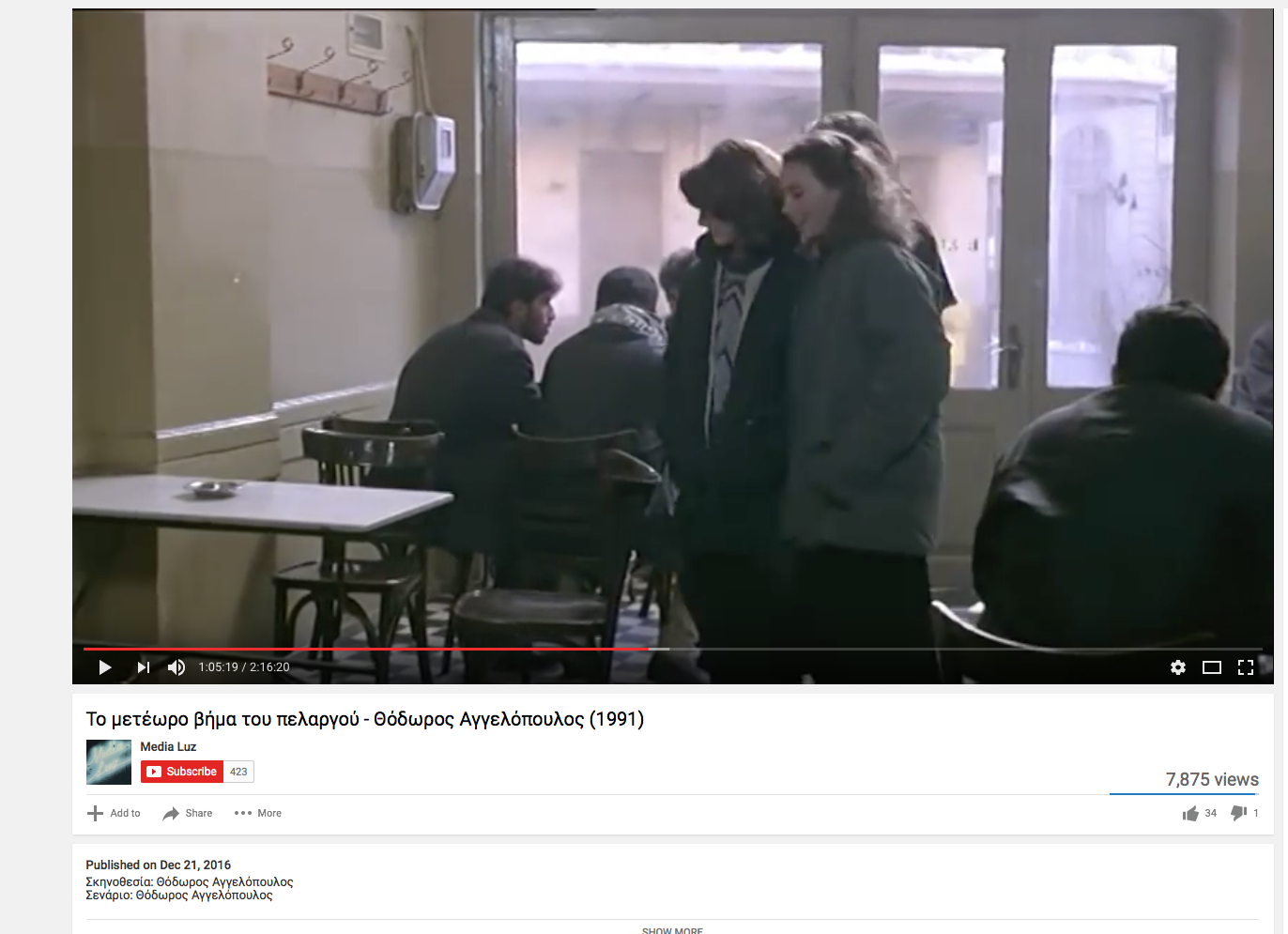Ann Hamilton
The installation tropos, like all of Ann Hamilton’s works, is a sensory experience. Created as a site-specific installation in 1993 for Dia Center for the Arts in New York City, tropos refers to the idea of tropism, meaning a natural tendency, or a living being’s proclivity to respond to stimuli in a specific way, such as a plant that grows towards light.
The installation is made primarily from horse hair—a vast landscape of varying shades of hair from the tails of horses covers the entire floor of the 5,000-square foot space. Hamilton altered the floor beneath the hair with poured concrete, the effects of which are subtle shifts in the floor’s topography beneath the hair, which becomes clear only when a visitor walks across the room. Further on into the interior of the space, Hamilton has placed a small metal table, at which a seated attendant works diligently to burn the printed words from a book as smoke rises from the seared text. Muted, but audible, is a distant voice struggling to articulate words, which remain unintelligible for the most part. A final, subtle aspect of troposis the sealed unity of the room, an effect created by Hamilton’s use of translucent glass in the windows; light beams in, yet sight to the outside is precluded. Like many of Hamilton’s large-scale works, tropos was created by hand through the collaborative efforts of many individuals, both at FWM and Dia Center for the Arts. The community that evolves from labor-intensive production is an important component of Hamilton’s methodology and artistic practice.
Hamilton created a second project with FWM in 1994, after the completion of
tropos. A limited edition multiple encased in a glass and wood vitrine, her
Untitled project is a collar fabricated from linen and horse hair. Strands of horse hair were used to embroider a 16th century-style alphabet on the inside of the collar. The unfinished ends of the embroidered hair pass through to the exterior of the collar, forming a swirling, circular mass of hair. The object recalls historic relics—an Elizabethan ruff, for example—yet remains connected to sensory experience through its assumed placement around a person’s throat with the letters of the alphabet resting near the voice box.
Untitled references a relationship between the rapid growth of literacy and a gradual devaluation of non-verbal knowledge, such as that learned and experienced in the body.
In September 2016, Hamilton will debut
habitus, a project that will continue her longstanding exploration of textiles and culminate in three parts: an exhibition at FWM, an installation at an offsite location, and an innovative publication. Acknowledging both individual and communal relationships to fabric, Hamilton will draw upon the history of textiles in Philadelphia as well as personal narratives in crafting this multifaceted work. Ultimately, this project will place fabric, a material typically understood through touch, within a larger social and literary context, illuminating the generative possibilities as well as the tensions that arise from the interplay between text and physicality, between written and embodied experiences.
Bio
American, born 1956, lives in Columbus, Ohio
Ann Hamilton studied textile arts at the University of Kansas, where she completed her BFA in 1979. She went on to earn an MFA from Yale University in sculpture in 1985. Her varied background in the visual arts informs her artistic practice, which takes the form of installations, videos, objects, and performance. Hamilton’s work has been the subject of numerous solo exhibitions, including the Irish Museum of Modern Art (2002), Musèe d’Art Contemporain in Lyon, France (1997), and the Museum of Modern Art, New York (1994). In 1999, Hamilton was selected to represent the United States at the Venice Biennale. Her honors include the National Medal of Arts (2014), a John D. and Catherine T. MacArthur Fellowship (1993), The Louis Comfort Tiffany Foundation Award (1990), and a Guggenheim Memorial Fellowship (1989).

